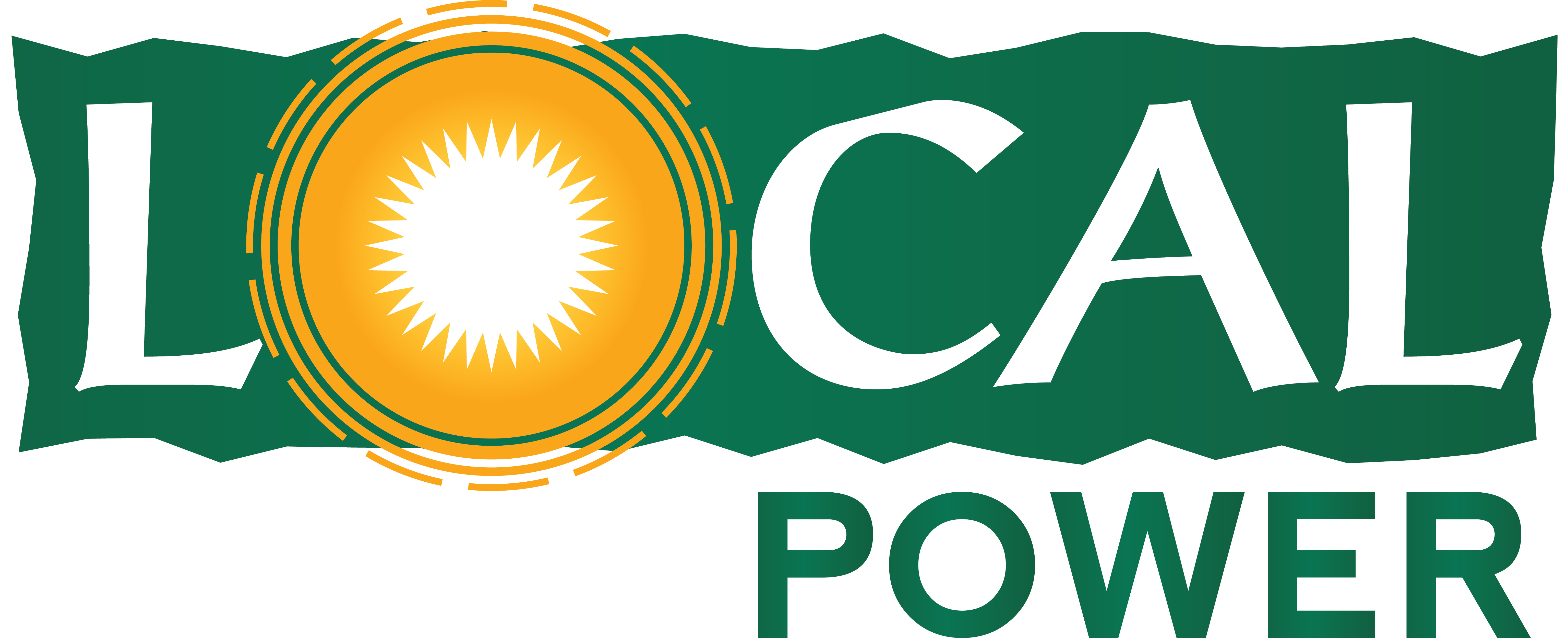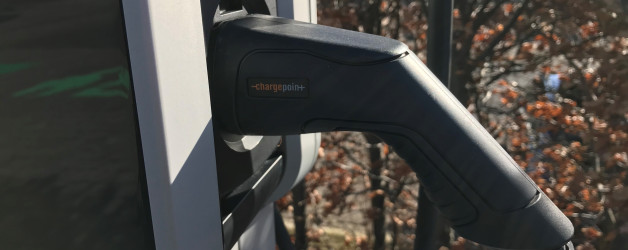The shift towards electric vehicles in Ireland is picking up speed, with all new cars expected to be electric in the next decade.
This transition from fossil fuels to electric power requires a change in how we “refuel” our vehicles – moving from pumps to plugs. Charging an EV is as simple as connecting it to a charging point using a cable, but as you might expect, there’s a bit more to consider for efficient and safe charging, wther you want to charge your electric vehicle at home or out and about.
Understanding charging speeds
Slow Charging: Using a standard three-pin plug at home, you get a 2.3kW charging speed, enough for overnight charges.
Fast Charging: Dedicated home chargers or public charging points offering 7kW speed are available, significantly reducing charging time.
Rapid and Ultra Rapid Charging: Public chargers with 50kW (rapid) or 100kW and above (ultra rapid) are designed for quick top-ups, charging a typical EV battery in just an hour or so.
Remember, the actual speed at which your EV charges can be influenced by the car’s maximum charging capability and the battery’s state of charge, especially as it nears full capacity.
Charging your EV at home or work
Options for home and workplace charging:
Using a Three-Pin Plug: Suitable for occasional use, this method can take upwards of 35 hours for a full charge and may strain older electrical systems.
Installing a Chargepoint: A faster and safer option, offering charging speeds of between 7kW-22kW and reducing full charge times to between 6-10 hours. Installation costs vary, but the convenience and speed make it a worthwhile investment for most EV owners.
Local Power has partnered with ChargePoint to offer the latest technology in EV charging, get a quote directly from us today.
Charging on the go
Public charging networks:
Rapid Chargers: Often found at motorway services or dedicated charging stations, these are ideal for long journeys.
Destination Chargers: Located at places like hotels or shopping centres, offering convenient charging while you go about your day.
Network Varieties: Charging networks differ in terms of access and payment methods. Some require a subscription or membership, while others operate on a pay-as-you-go basis.
Finding Charging Points: Apps and online maps are available to locate your nearest charging station, including details on the type of charger, speed, and availability.
Cost of car charging
The cost depends on your electricity rate and the size of your EV’s battery. Charging overnight or during off-peak hours can offer savings and charging from excess solar power generated can reduce this expense even further.
Public charging is generally more expensive than home charging, with costs varying by network, however some locations offer free charging, often at a slower speed, this option can often be found in supermarkets or shopping centres.
Conclusion
Embracing electric vehicles means adapting to new charging routines, both at home and on the move.
While it involves some changes, the process is straightforward once you know the basics. With a growing network of public chargers and the convenience of home and workplace charging, powering your EV is becoming easier by the day.
Whether you’re topping up your battery at home overnight or charging on the go, the electric future is bright and accessible.
If you are interested in EV charging and would like to learn more, contact Local Power for helpful, professional advice.


